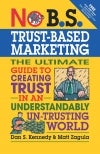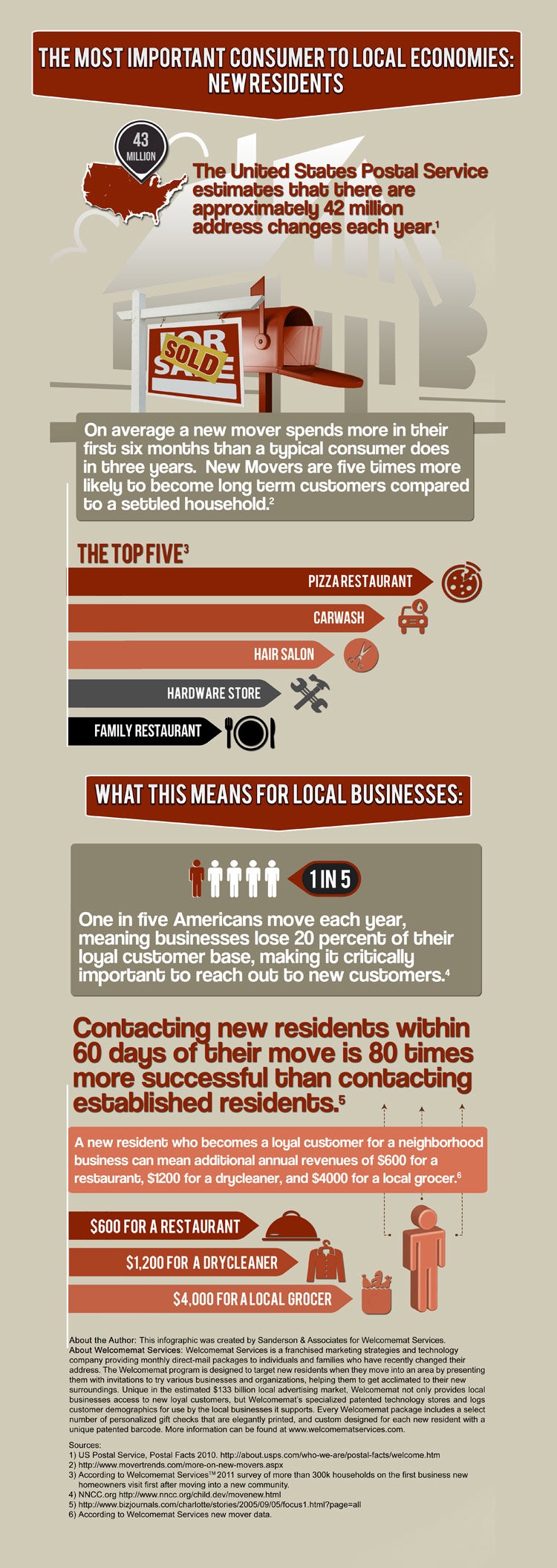The experts aren't so sure--but entrepreneurs like the founders of
Roaring lion energy drink say it's a must. here's how to know if writing
a business plan is for you.
Starting a business was the last thing on Sean Hackney's mind
when he sat down to write a business plan. Hoping to persuade a soft
drink company to hire him, Hackney scripted a plan for taking on his
former employer, Red Bull North America Inc. But when he showed it to
his corporate attorney father and former Red Bull managing director,
"they said, 'Don't send this to Coke or Pepsi. Start the business, and
we'll start it with you,'" he recalls.
That was in 2000. Today, the 40-year-old is co-founder and co-owner
of Roaring Lion Energy Drink, a $6.2 million company in Sun Valley,
California. "We've grown the business from a $62,000 investment to the
No. 2 energy drink in bars and nightclubs," Hackney says. The company
has 32 employees, and Hackney's erstwhile sounding boards are now his
investors and co-managers. The business plan he wrote has been through
numerous revisions, and today, a regularly updated marketing plan guides
the company. Writing the plan, Hackney says, was "absolutely"
worthwhile. "I had a lot of stuff in my head that needed [to be] put on
paper."
Clemson University entrepreneurship professor William B.
Gartner believes business plans are essential. And the SBA notes on its
website: "The importance of a comprehensive, thoughtful business plan
cannot be over-emphasized." But lately, questions have arisen.
In 2006, William Bygrave, a professor emeritus at Babson College and
longtime entrepreneurship researcher, studied several years' worth of
Babson graduates to find out how much better those who started
businesses with a formal, written plan did than those who didn't. "We
can't find any difference,"?he admits. In other words, Bygrave and his
team found that entrepreneurs who began with formal plans had no greater
success than those who started without them.
For or Against
That's hardly the final word, however. Gartner also set out to study the
idea. "Going into the study, I was very skeptical about the value of
business plans," Gartner says. But after he and his colleagues looked at
data from the Panal Study of Entrepreneurial Dynamics, a national
generalizable survey of more than 800 people in the process of starting
businesses, he found that writing a plan greatly increased the chances
that a person would actually go into business. "You're two and a half
times more likely to get into business," he points out. "That's
powerful."
Gartner's earlier concerns about the necessity of business plans, he
says, were that they were "all talk. Our research shows that business
plans are all about walking the walk. People who write business plans
also do more stuff." And doing more stuff, such as researching markets
and preparing projections, increases the chances an entrepreneur will
follow through.
For his part, Bygrave doesn't think his research says business plans
are a waste of time. "We're saying that writing a business plan ahead of
time, before you open your doors for business, does not appear to help
the performance of the business subsequently," he explains.
So what would Bygrave like to see instead of a business plan?
Attempts to sell the product to actual customers, even if it doesn't
exist yet. "Have you talked to a customer?" he asks. "If not, I don't
want to talk to you about the business."
Bygrave still thinks plans help, however. Forty percent of Babson
students who have taken the college's business plan writing course go on
to start businesses after graduation, twice the rate of those who
didn't study plan writing. "Even if they don't write a plan," Bygrave
says, "they've had to think about how opportunity recognition fits with
marketing, building the right team, making financial projections and so
on."
And a wide gulf separates having a formal written plan and having no
plan at all. "Every business has to start with a plan," says Bygrave,
whether it's a mental construction never committed to paper or a more
advanced description jotted down on the back of an envelope.
The Money Factor
Skeptics and fans of business plans agree on one point: Securing funding
almost always requires a formal plan. Companies funded by friends and
family may not need a plan, Bygrave says, but if you go to venture
capitalists, commercial banks, government-backed lenders and most angel
investors, you will need a business plan.
That viewpoint gets no traction from Daniel Stewart, co-founder of
Port Richey, Florida-based Envala. Stewart and his partner funded the
small-business software provider, yet Stew-art still put together a
business plan complete with financial projections. "We didn't need to
because we're our own invest-ors," says Stewart, 38,"but to be a
responsible entrepreneur, you have to see things as they are."
A primary purpose of the plan was to evaluate the feasibility of
their proposal to sell online automation software to small businesses.
So they created three sets of financial forecasts: a rosy picture, a
more reasonable one and a disaster scenario. They also placed extra
emphasis on describing the corporate culture mission. "We exist to
increase satisfaction, productivity and profitability of small
businesses," Stewart says. "It was important for us to establish that
[early on] when everything is uncertain."
Planning Trends
Plans today no longer need the 20 to 40 pages prescribed by classic
planners. "The shorter [it is], the better chance [it has] of being
read," says Bygrave, who recommends devoting no more than five pages to
income, cash flow and balance sheets. "And don't have any numbers in
[there] you can't explain instantaneously."
As tools such as spreadsheets and plan writing software have grown in
importance, some critics say business plans have become overstuffed
with complex financials that are often backed up by little more than
guesswork. "[These tools have] made it easier to produce a business
plan," says Bygrave. "But they've produced page after page of financials
that basically came out of thin air." As a result, investors today want
fewer and better-documented financials.
"No one's impressed by spreadsheets," agrees Gartner. "[It's] the
action behind the spreadsheets." By that, he means investors want to see
that an entrepreneur has actually examined the market for a product or
service, identified potential customers, assembled a capable team,
devised a business model and more.
While investors want to see action, they don't want to work for it. A
plan today is more likely to be a modest deck of slick, colorful
presentation slides than a thick stack of white paper. Digital slides
are easier to distribute to a dispersed audience via e-mail and to
present to large groups on an overhead projector.
But limit your presentation to no more slides than you would in a
paper plan, meaning 20 or fewer. And don't cram a lot of information on a
single slide. "Just put highlights," says Bygrave. "[No] more than six
or eight lines on a slide."
Planning for the Future
Whether plans today are long, short, elaborate or simple, they still
contain the same basic elements they always have. Typically, most have
an executive summary, a marketing plan, a management team description
and financials (income, cash-flow and balance sheet projections).
The recent studies are hard to ignore because they're based on
reasonable samples and were performed by reputable researchers. But
business plans show no sign of going extinct. Business plan competitions
and college-level business plan courses are more abundant than ever.
"Why do people write business plans?" Bygrave asks. "They've been
trained to write business plans, so they do. Another cause is that
investors or strategic partners insist on it."
Hackney's experience writing the plan for Roaring Lion convinced him
of both the benefits and limitations of business planning. Simply
writing a plan helped push him to start a business when he had no
intention of doing so. But the plan wasn't nearly as effective when it
came to identifying and quantifying the risks and opportunities his
company would face.
One problem arose when it became apparent he had overestimated the
business's revenue potential by about 500 percent. His company's annual
sales are nothing to sneeze at, but they are far less than Hackney
expected in his plan.
Among other missteps, he underestimated the actual selling price of
the company's products. The economic appeal to customers is still
strong, but it's not as strong as he'd hoped. Perhaps most important,
his plan didn't recognize the amount of financial capital it would
require to grow the company, which has made it difficult for him to
reach those early sales forecasts.
Like many entrepreneurs, Hackney learned to write a business plan
from a book. That, plus feedback and many hashing-out sessions with his
soon-to-be investors and partners, produced a plan that was accurate in
its basic aim: to describe a business model that would allow him to
build a successful enterprise.
Today, Hackney says he'd definitely write a business plan if he
started another business. But he'd be much more conservative with his
financial projections and de-emphasize the use of them. "I'd make it
much shorter," he adds. "I'd deliver the core principles of what the
business is founded on in such a way that the purpose would be finding
money."
Mark Henricks writes on business and technology for leading publications and is author of Not Just a Living.






















 Nov. 16: Gary Vaynerchuk on Connecting with Customers
Nov. 16: Gary Vaynerchuk on Connecting with Customers Nov. 20: Jason Falls on Social media
Nov. 20: Jason Falls on Social media Dec. 5: Grant Cardone on Sales
Dec. 5: Grant Cardone on Sales Dec. 19: Angela Jia Kim on Growing a Business
Dec. 19: Angela Jia Kim on Growing a Business


 Now that you understand why you need a business plan and you've
spent some time doing your homework gathering the information you need
to create one, it's time to roll up your sleeves and get everything down
on paper. The following pages will describe in detail the seven
essential sections of a business plan: what you should include, what you
shouldn't include, how to work the numbers and additional resources you
can turn to for help. With that in mind, jump right in.
Now that you understand why you need a business plan and you've
spent some time doing your homework gathering the information you need
to create one, it's time to roll up your sleeves and get everything down
on paper. The following pages will describe in detail the seven
essential sections of a business plan: what you should include, what you
shouldn't include, how to work the numbers and additional resources you
can turn to for help. With that in mind, jump right in.
 A business plan is a written description of your business’s
future, a document that tells what you plan to do and how you plan to do
it. If you jot down a paragraph on the back of an envelope describing
your business strategy, you’ve written a plan, or at least the germ of a
plan.
A business plan is a written description of your business’s
future, a document that tells what you plan to do and how you plan to do
it. If you jot down a paragraph on the back of an envelope describing
your business strategy, you’ve written a plan, or at least the germ of a
plan.






